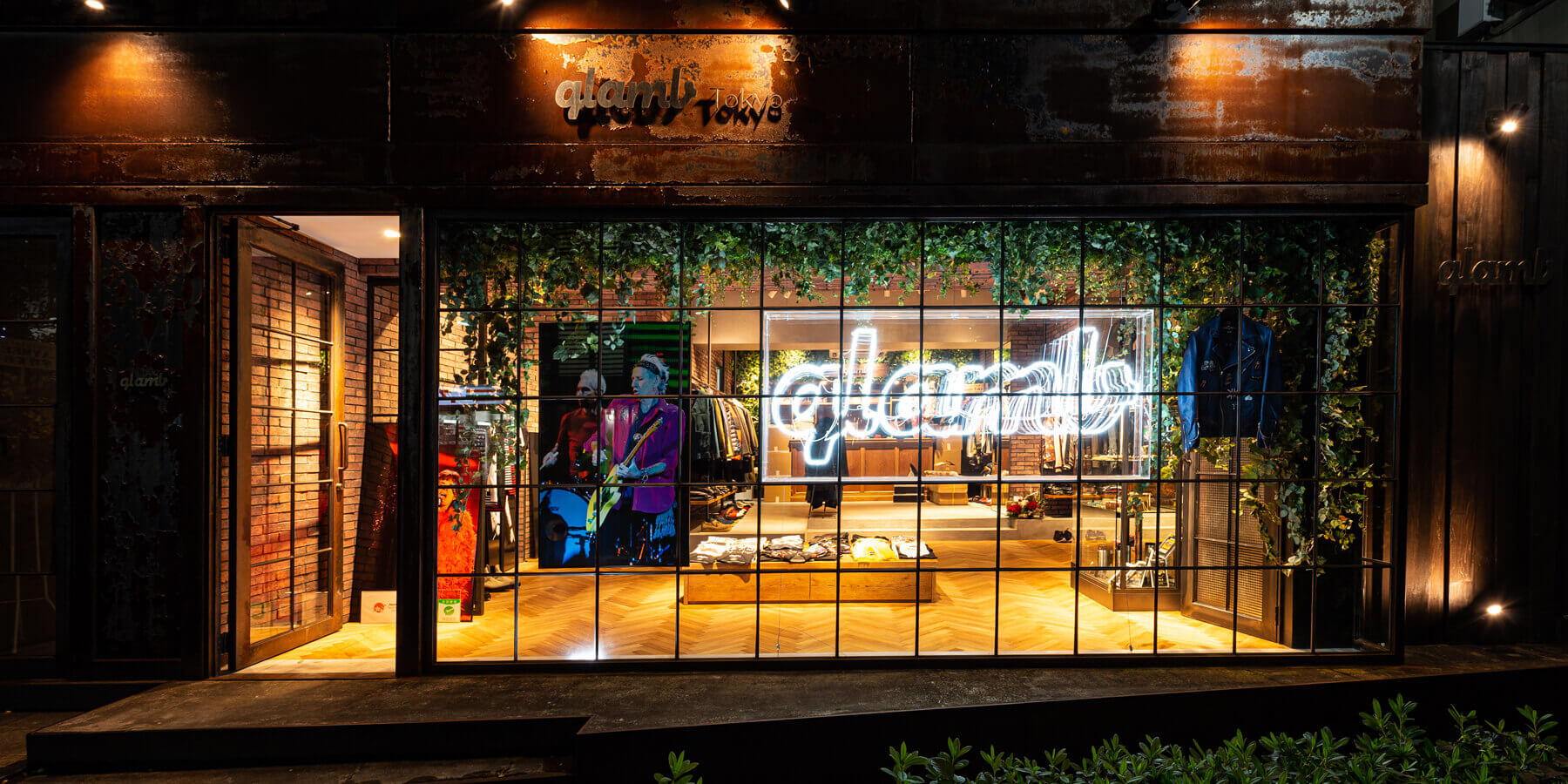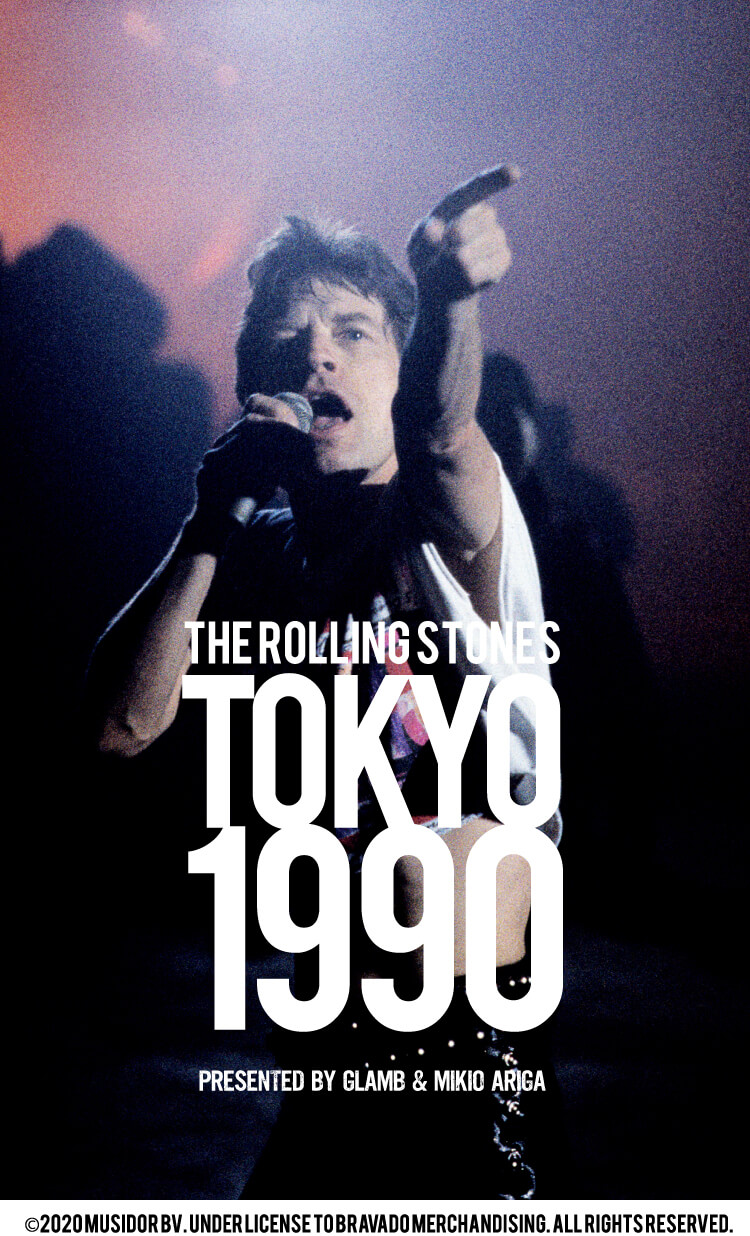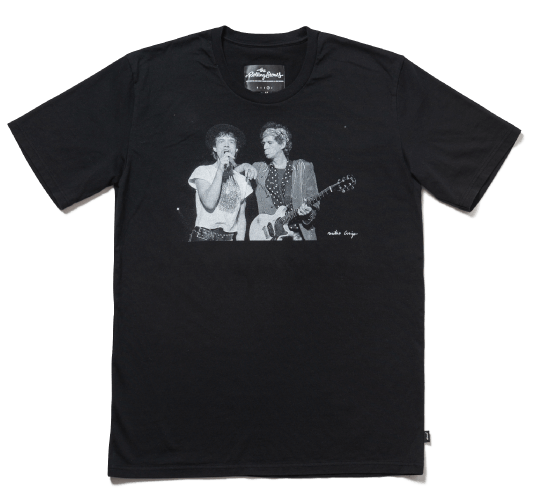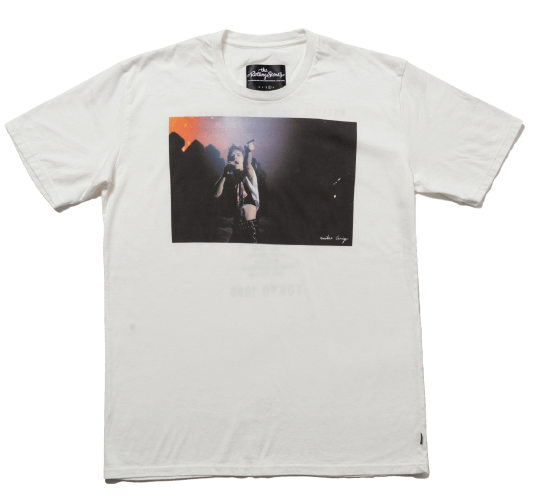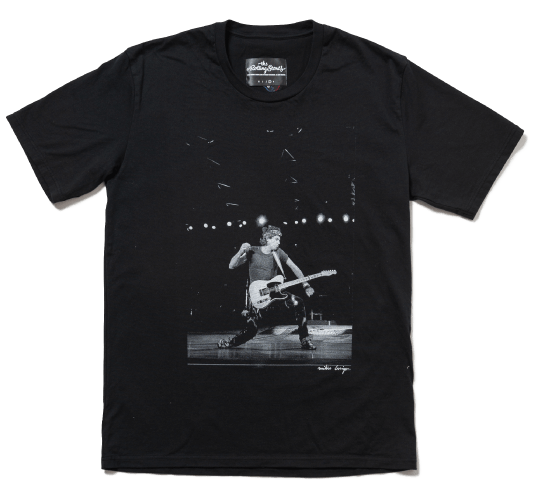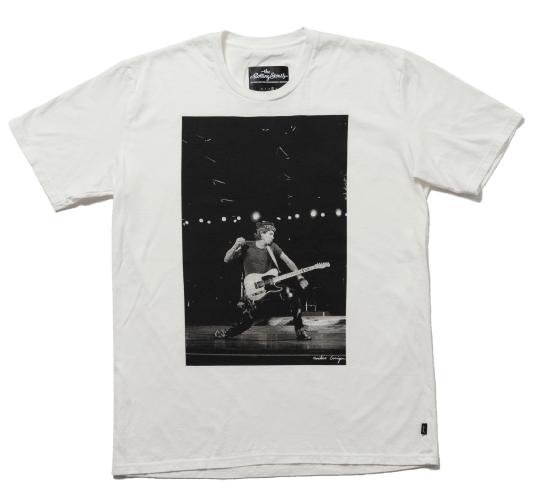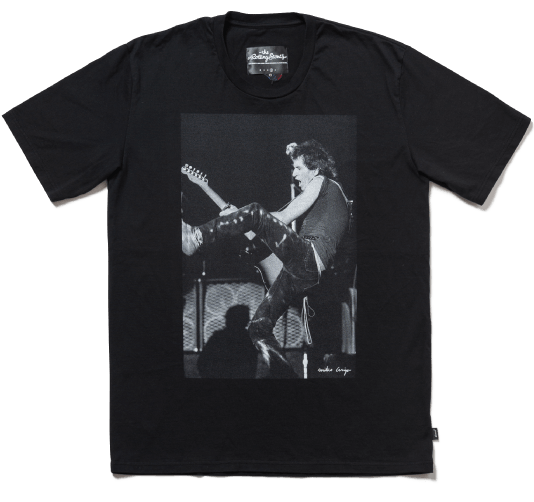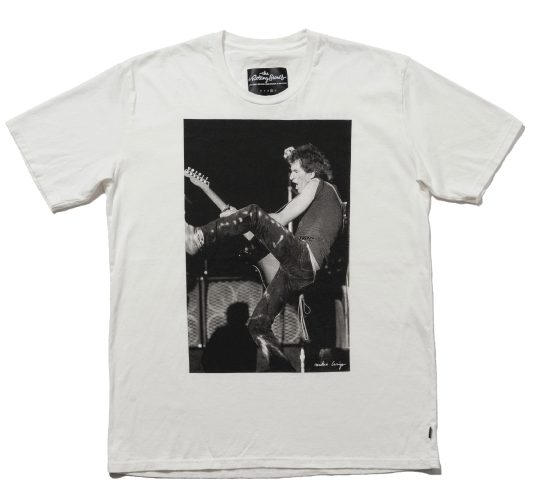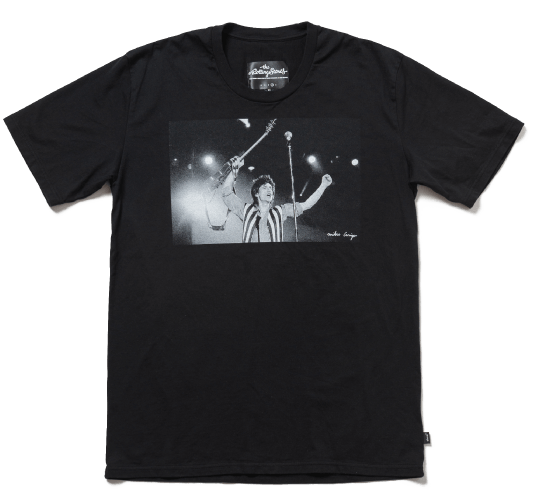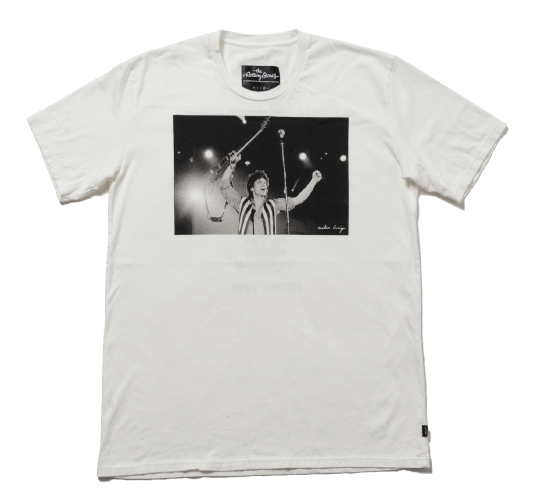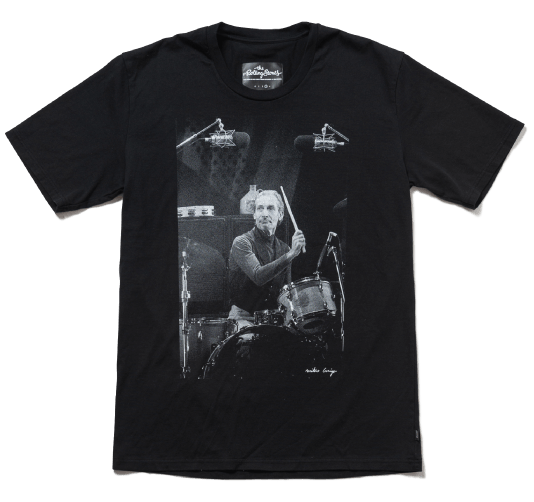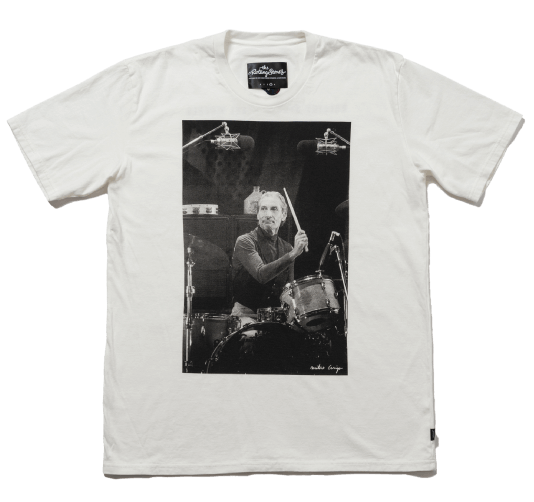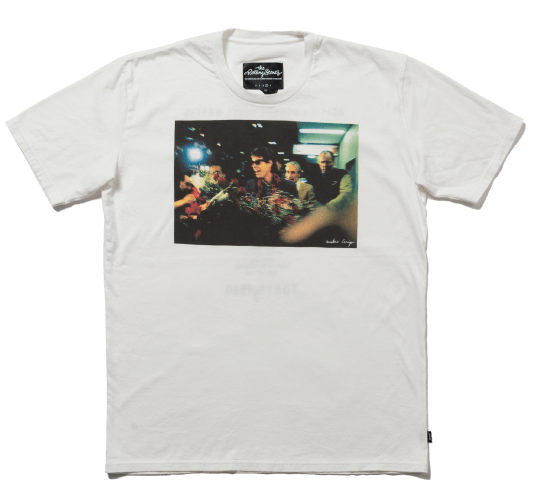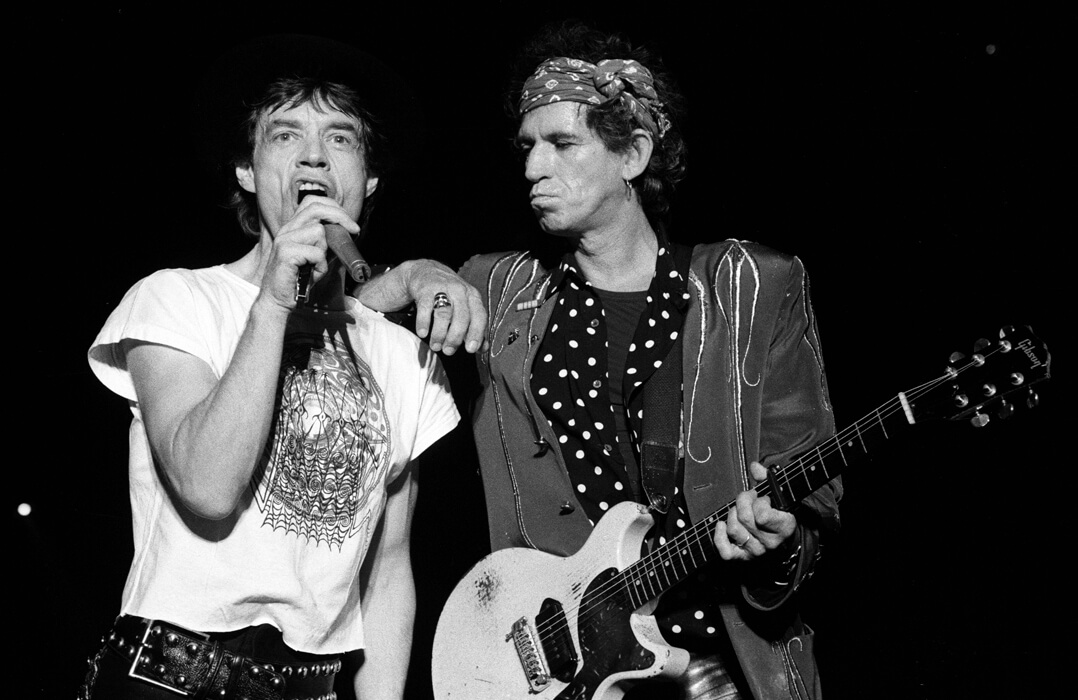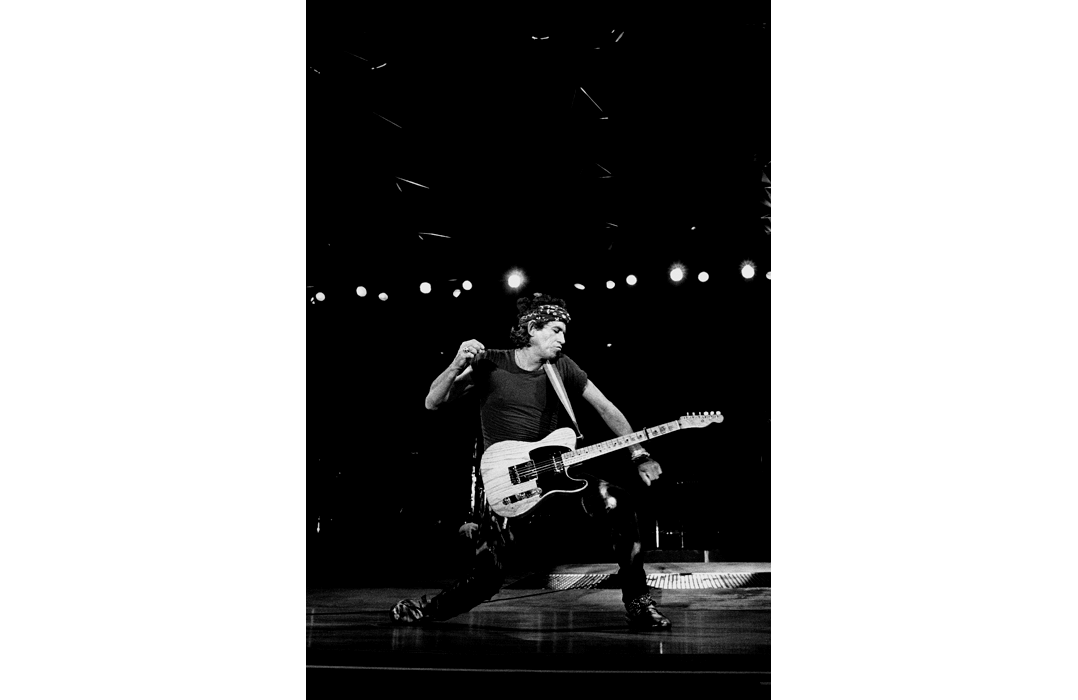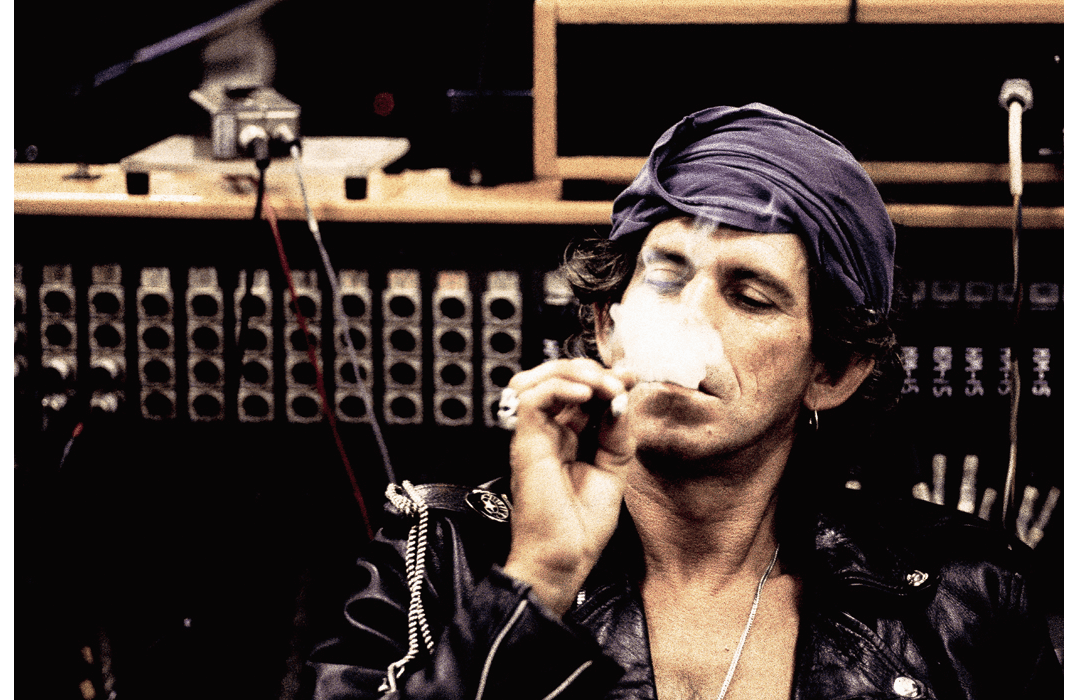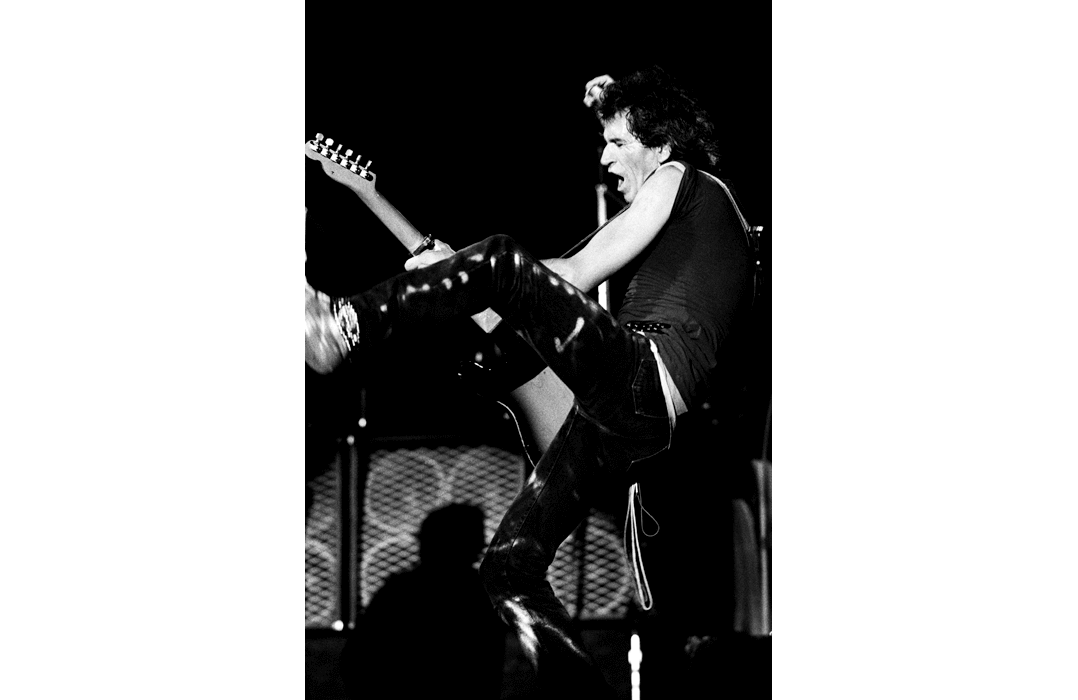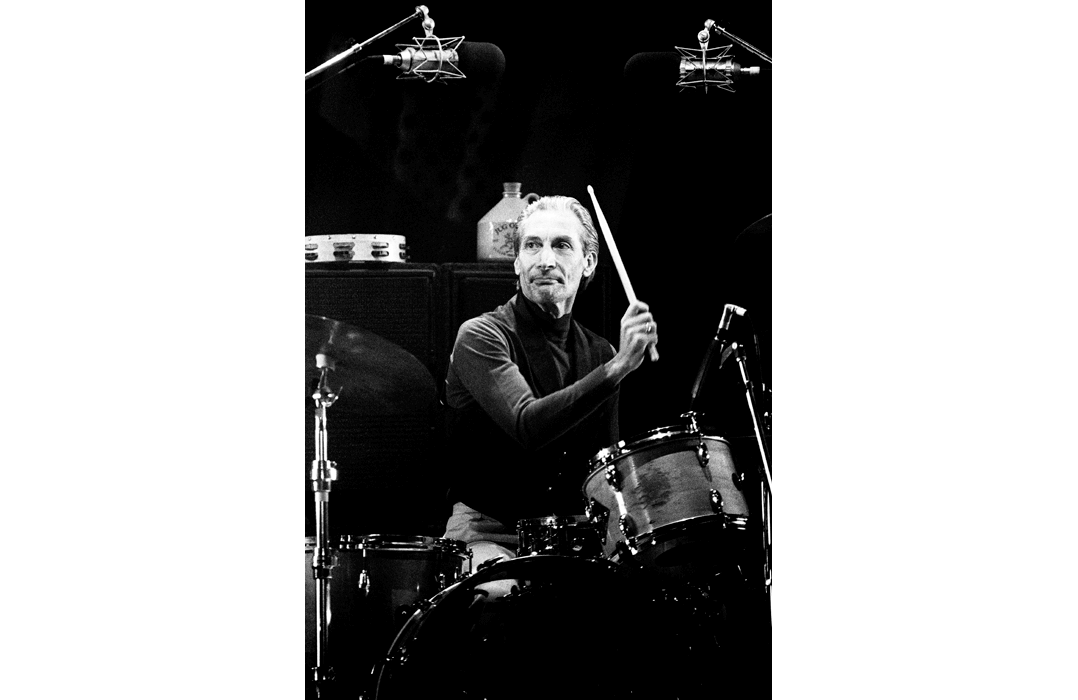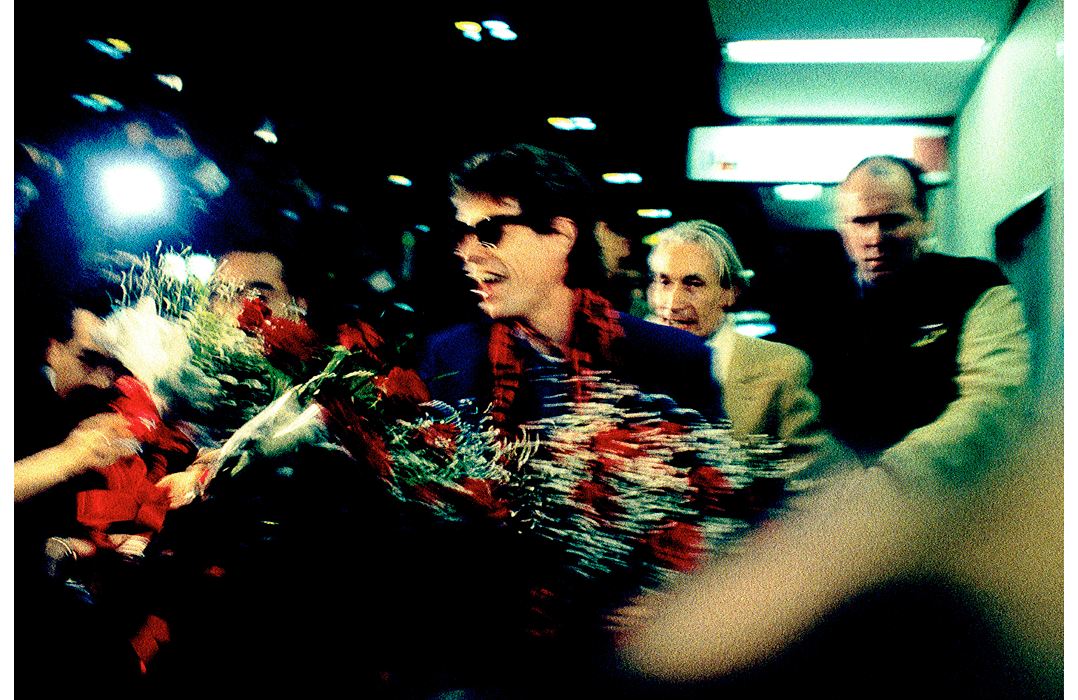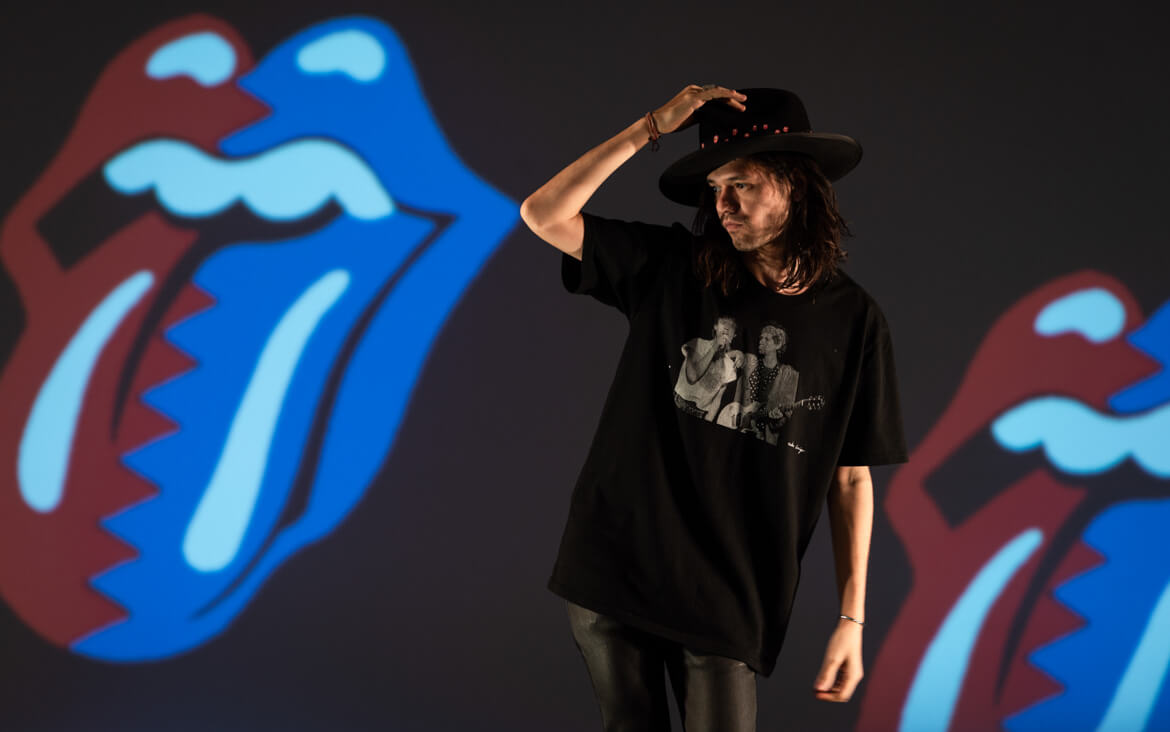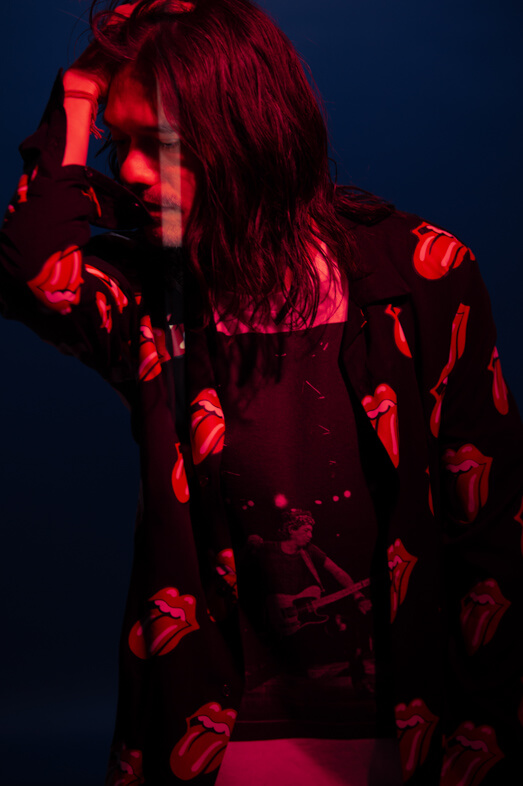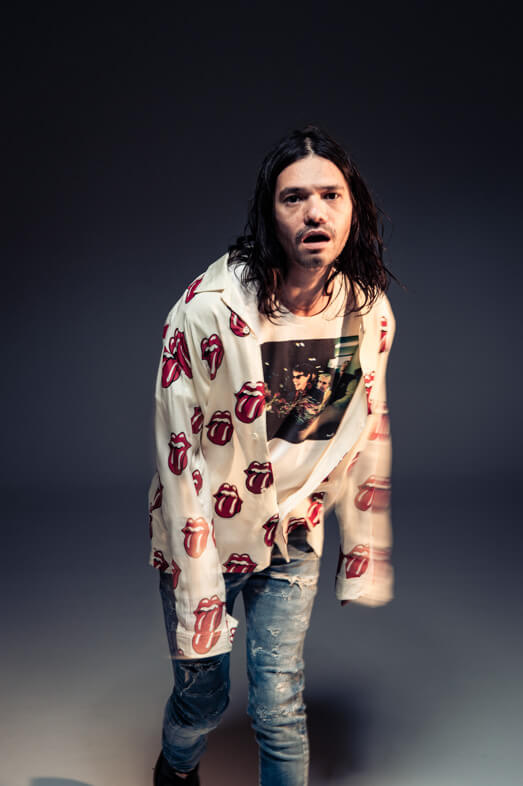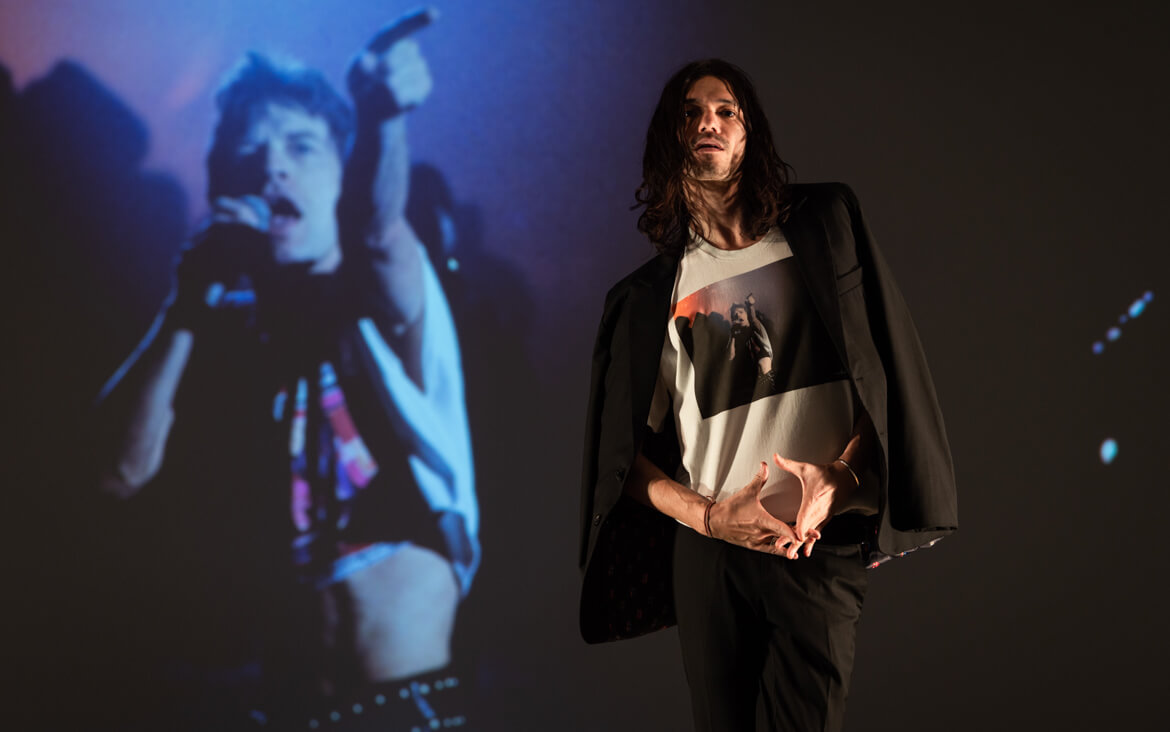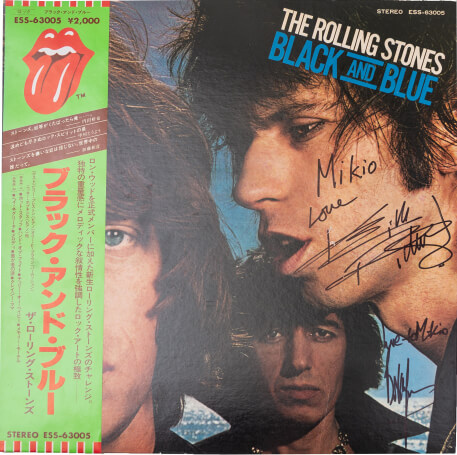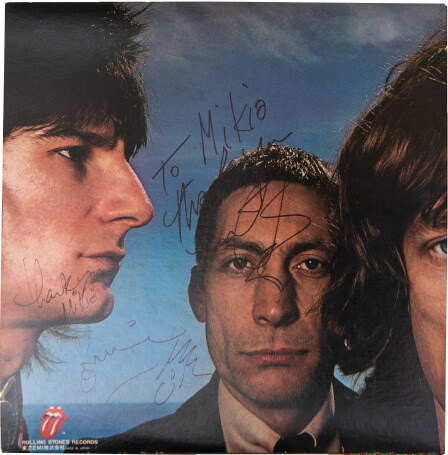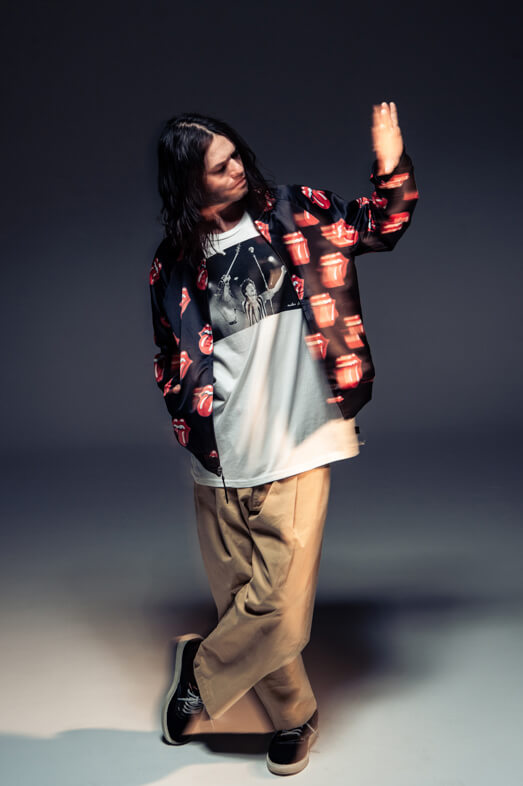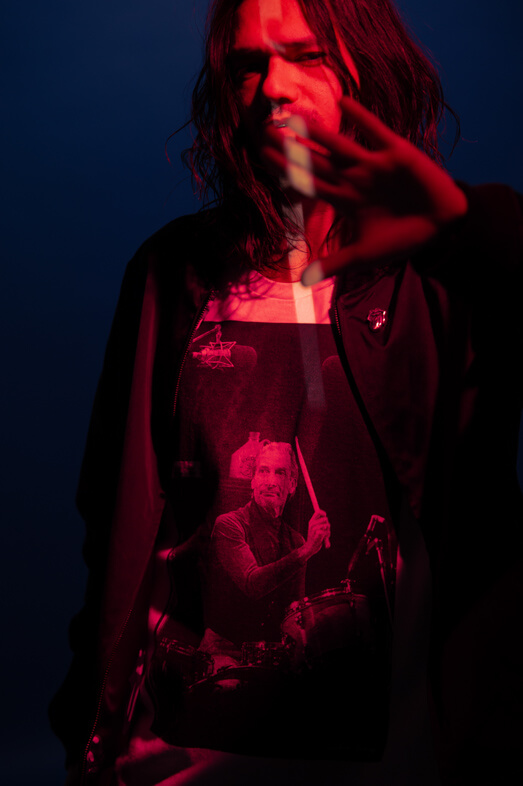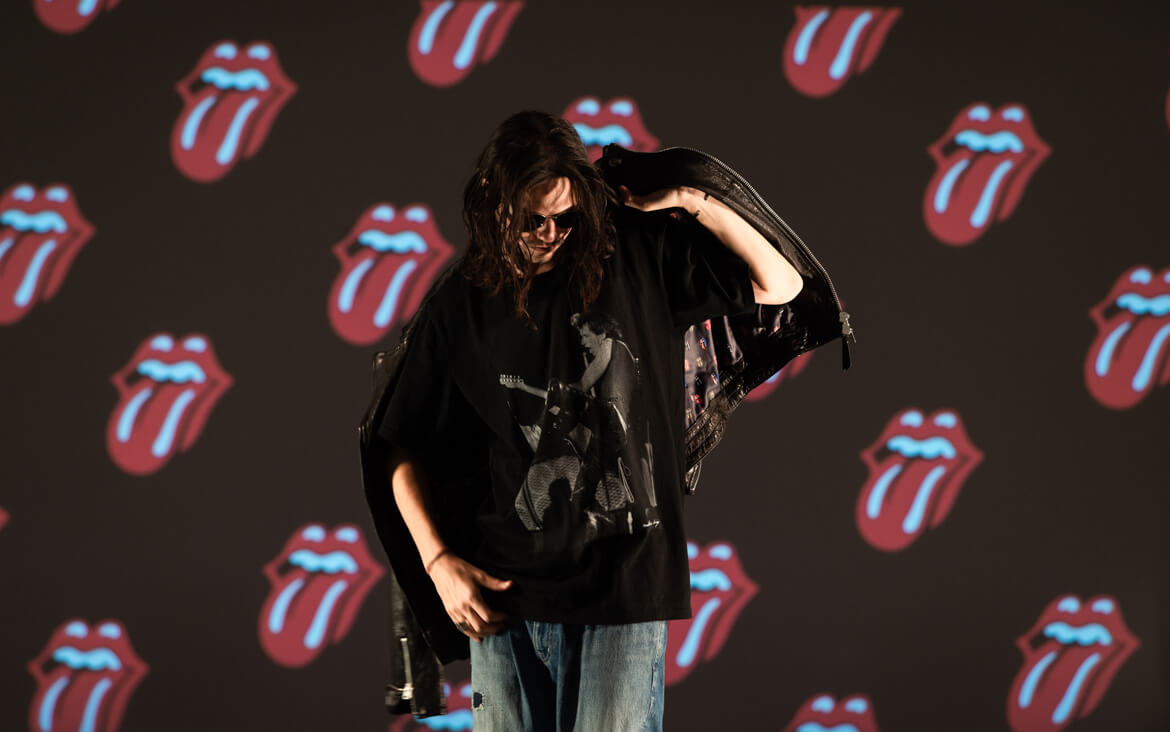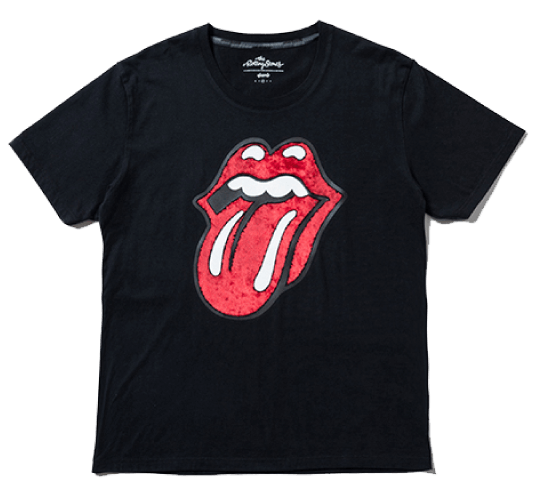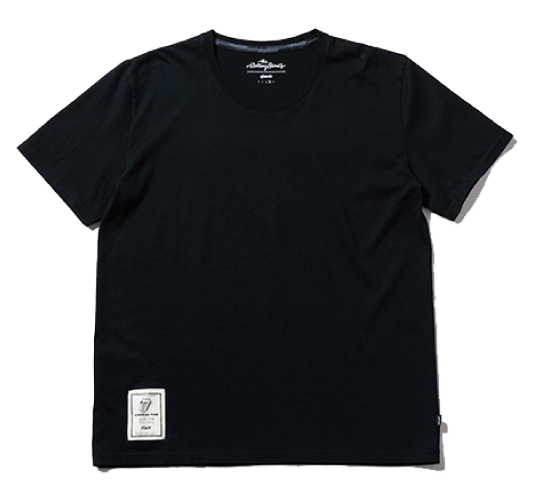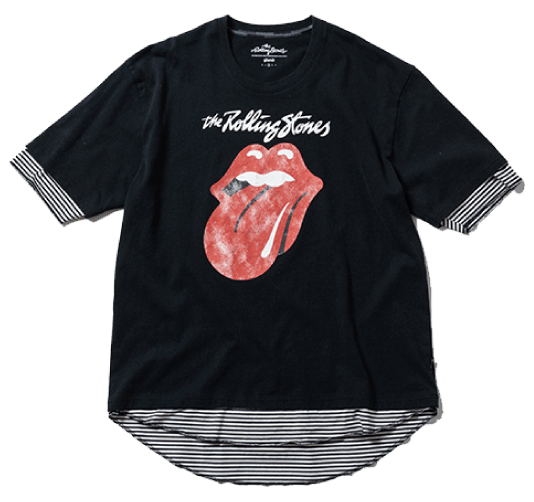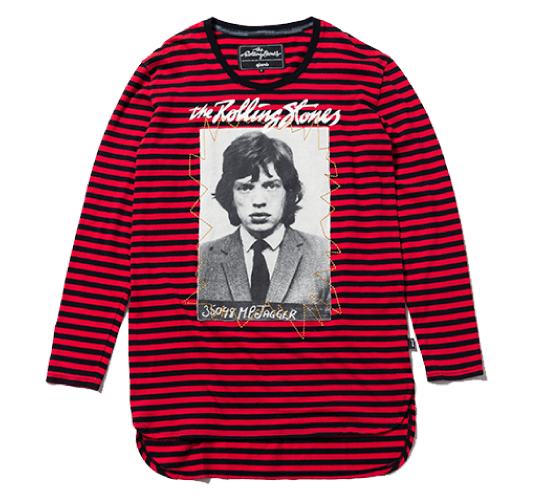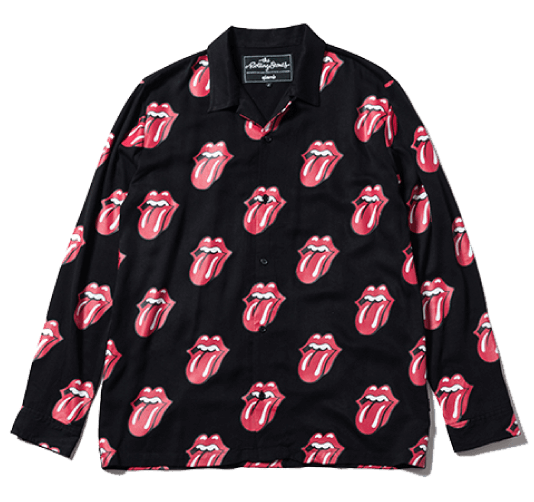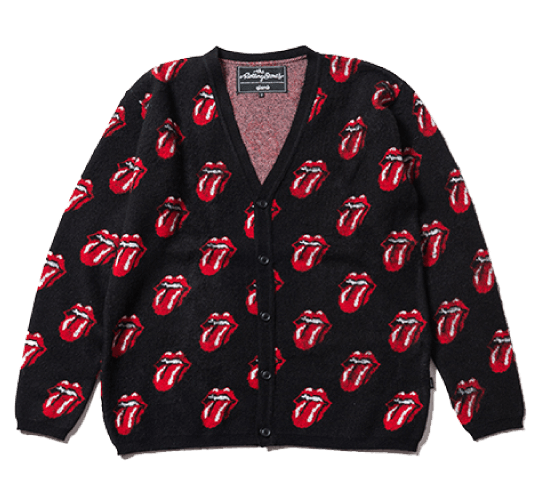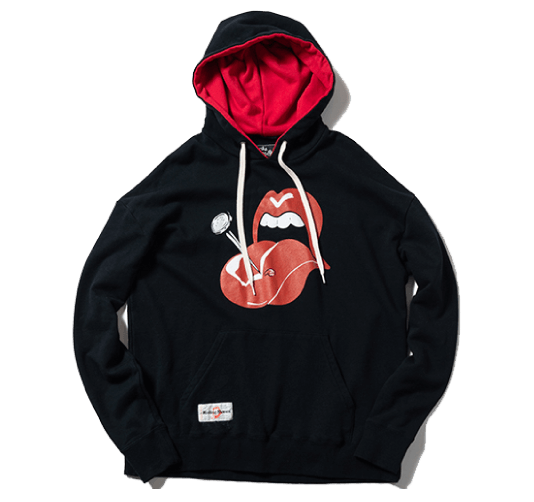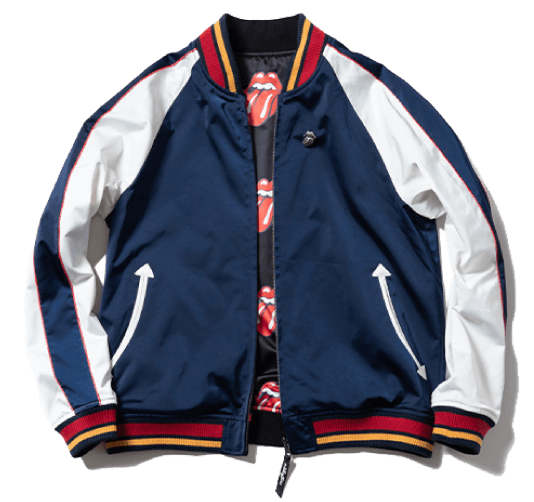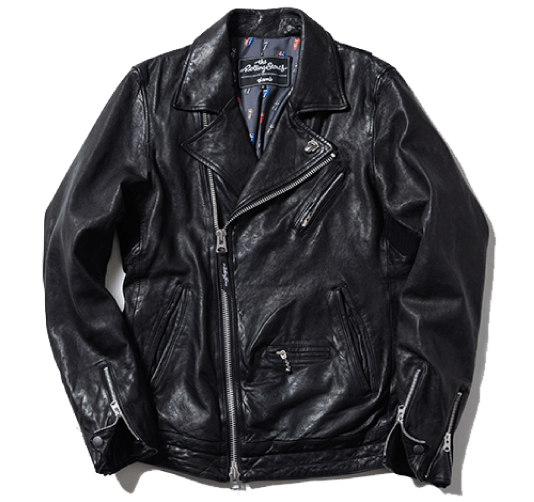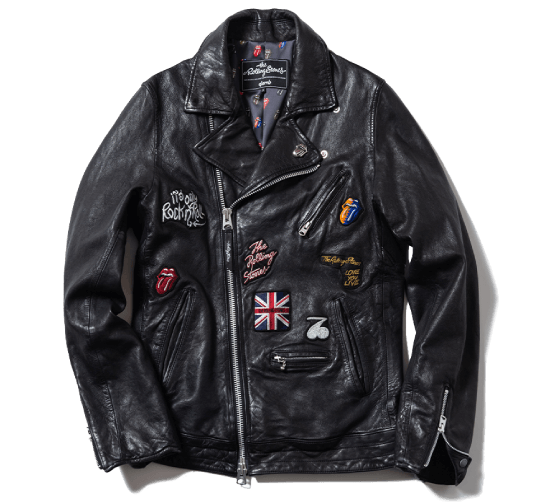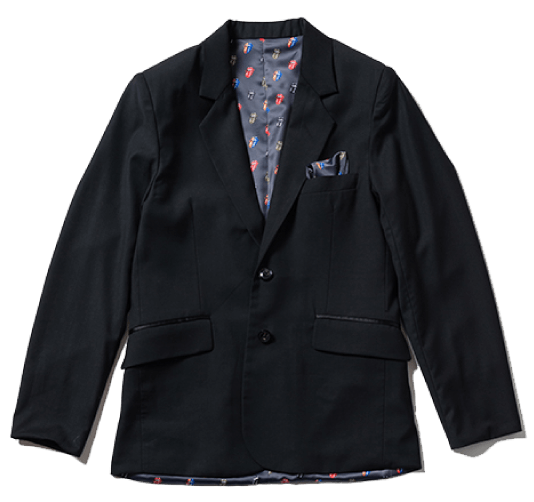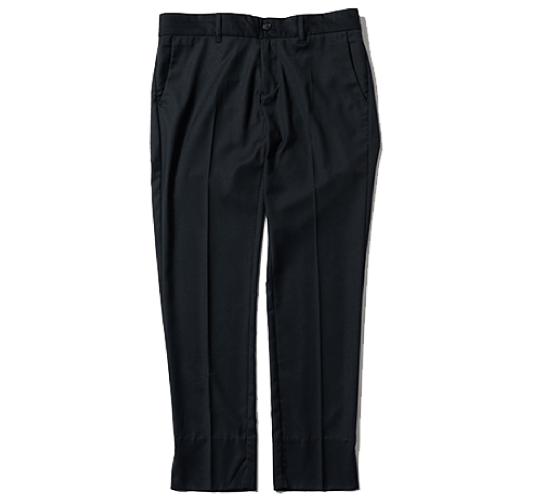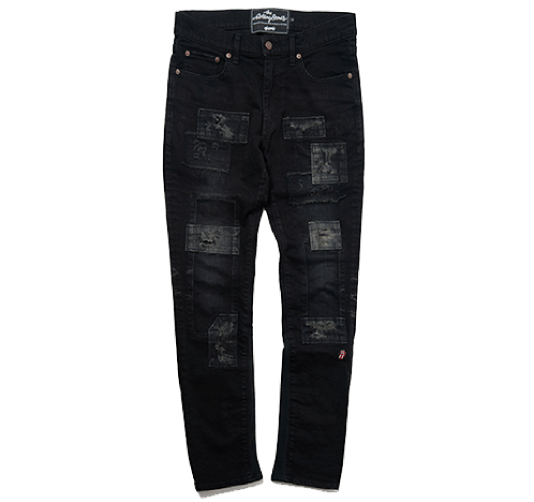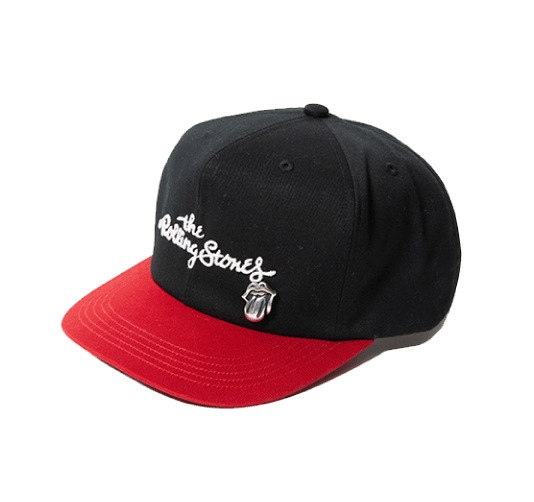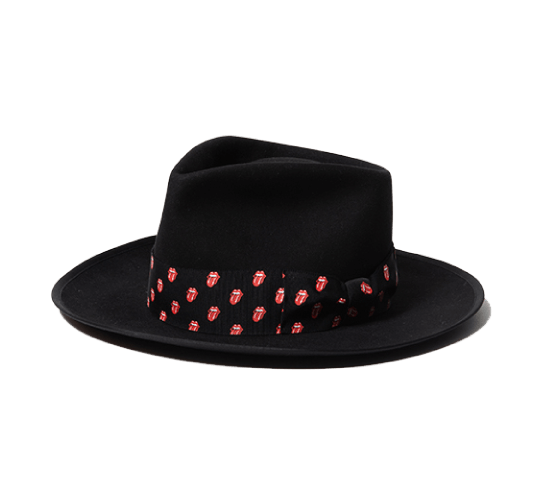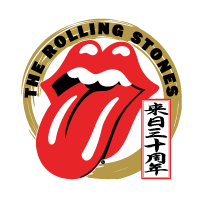
Photo T-shirt collection announced to commemorate The Rolling Stones' 30th anniversary in Japan
"Japan has an unfortunate history of not being able to see the Stones."
The Rolling Stones were formed in England in 1962 and are still active today.
A performance at Nippon Budokan was planned in 1973, but the Japanese government refused the band entry into the country.
When they made their long-awaited first visit to Japan in 1990, 500,000 tickets for 10 performances were sold out.
This year, glamb announced their second collaboration with The Rolling Stones to commemorate their 30th anniversary in Japan.
The only Japanese photographer allowed to take official photos by the band.
We are releasing a photo T-shirt collection using Mikio Ariga's precious photographs.
T-SHIRTS & PHOTO EXHIBITION
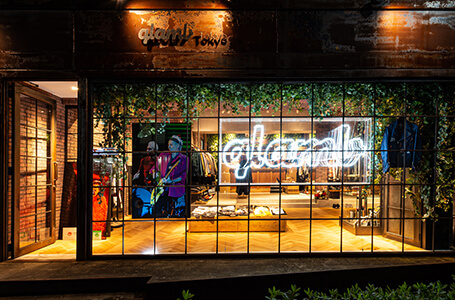
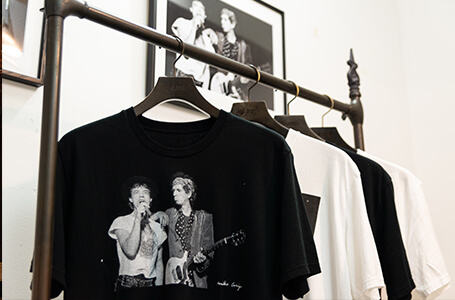
- The Rolling Stones 30th anniversary photo exhibition
- 2020/7/4(SAT) - 2020/7/12(SUN)
12:00-20:00
- glam Tokyo
- 1F HIP Building, 3-34-6 Jingumae, Shibuya-ku, Tokyo
Coinciding with the release, ``The Rolling Stones 30th Anniversary Photo Exhibition in Japan'' will be held at Glamb Tokyo, a directly managed store, from July 4th (Saturday). In addition to taking advance orders for Photo T-shirts, we will also exhibit photos used on T-shirts and other valuable archive cuts. Mr. Ariga will also be in attendance for two days, July 11th (Saturday) and July 12th (Sunday) (13:00-16:00 each day). This is a valuable event that is coveted by fans of The Rolling Stones.
※free entrance
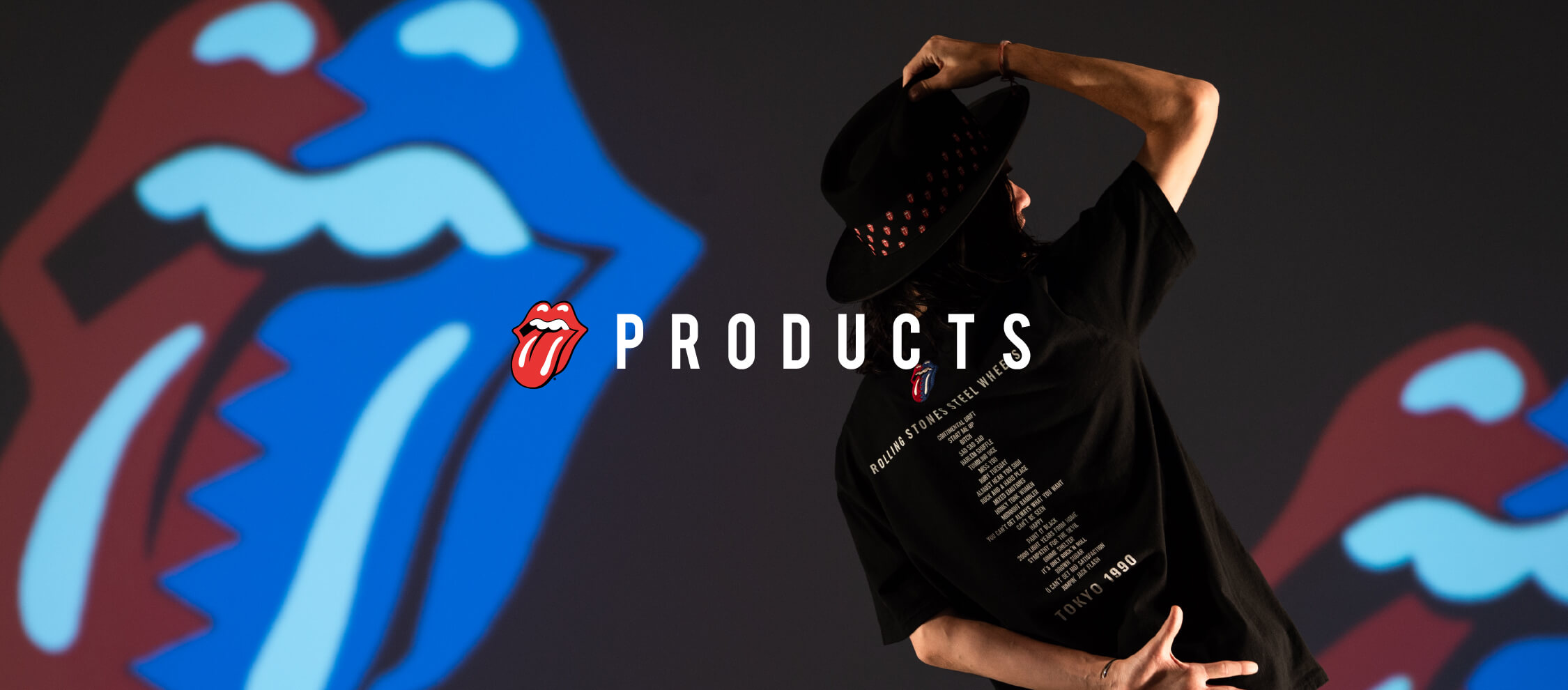
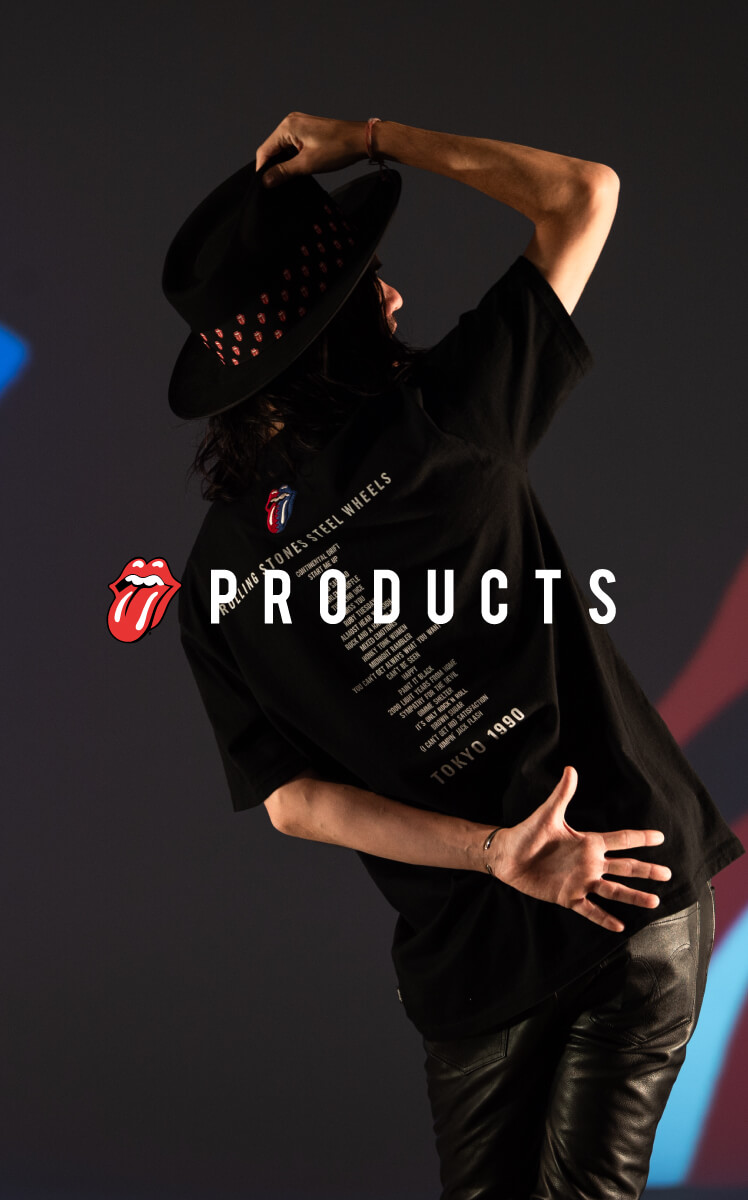
The front print uses a photograph taken by Mikio Ariga, the only Japanese official photographer of The Rolling Stones, during his visit to Japan in 1990. The back style of each T-shirt is embroidered with the red and blue lips and tongues used in 1990, and the set list from that time is printed below. The body is made of 40/2 jersey jersey and has a large silhouette with a spacious silhouette. It can be worn by people of all ages, whether they were familiar with the Rolling Stones at the time or those who learned about The Rolling Stones after their first visit to Japan.
-
 no. 1
no. 1
-
- RS01
- Mick&Keith T.
PRICE:8,800yen
COLOR:Black/White
SIZE:0, 1, 2, 3, 4
DELIVERY: AUGUST
"A cut that makes you feel the bond between Mick and Keith at the climax of their 1990 performance in Japan"
■Comment from Mikio Ariga
“The scene in which Mick and Keith walk up to each other during the break of ``Midnight Gambler'' and Keith puts his hand on Mick's shoulder is a moving scene for all fans.But it's actually a promise from the ``Steel Wheels'' tour. The two of them struck this pose at performances all over the world. Keith has an image of being decadent and unconventional, but he's also a first-class showman who can make his fans cry. --Mikio Ariga."
-
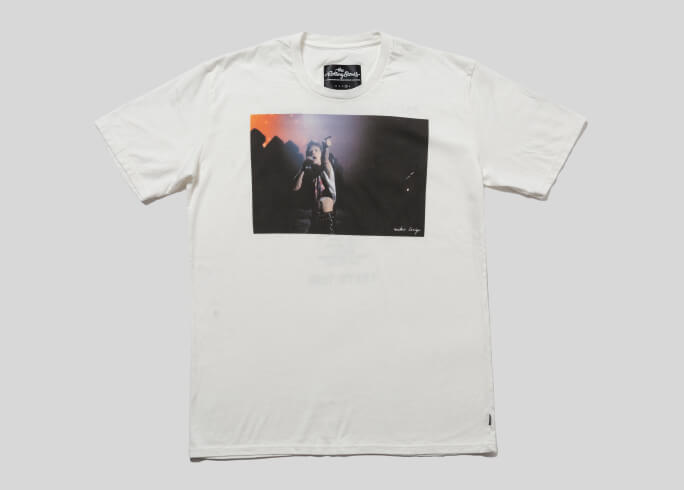 no. 2
no. 2
-
- RS02
- Mick T.
PRICE:8,800yen
COLOR:Black/White
SIZE:0, 1, 2, 3, 4
DELIVERY: AUGUST
"Mick Jagger's performance that captivated the audience of 50,000 at Tokyo Dome"
■Comment from Mikio Ariga
``At that time, I was photographing every performance without going to sleep, so I don't remember much about when I took each photo.But this cut is of Mick coming down to the floor where the audience was. They are looking at the camera and not looking up. That means Mick is under the stage. At the Tokyo performance, during ``Satisfaction,'' he went down to the audience seats and touched the people in the front row. The production also excited the fans at the time. ——Mikio Ariga.”
-
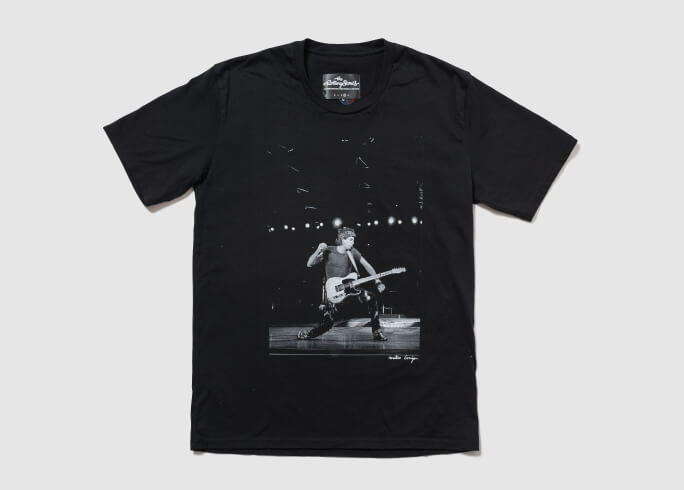 no. 3
no. 3
-
- RS03
- Small Keith T
PRICE:8,800yen
COLOR:Black/White
SIZE:0, 1, 2, 3, 4
DELIVERY: AUGUST
"The silhouette that symbolizes Keith Richards, which Japanese rock fans have been waiting for"
■Comment from Mikio Ariga
``I don't remember exactly, but it was probably taken at the ending of Keith's solo corner ``Happy.'' This pose with both hands away from the guitar is a silhouette that symbolizes Keith. Burari's play creates Keith's unique groove. I also used this timing to take photos of the Stones. --Mikio Ariga."
-
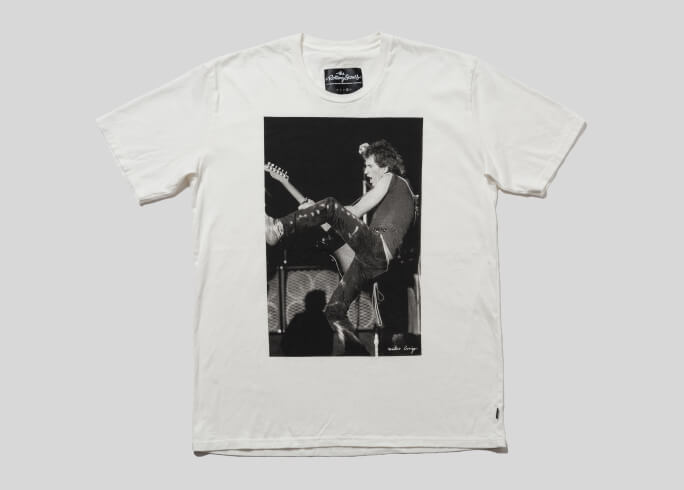 No. 4
No. 4
-
- RS04
- Big Keith T
PRICE:8,800yen
COLOR:Black/White
SIZE:0, 1, 2, 3, 4
DELIVERY: AUGUST
"Keith Richards got the groove going, both in his playing and his staging."
■Comment from Mikio Ariga
``The Stones are still active, but Keith has been moving less and less recently.In that sense, this cut captures Keith's staging, which is no longer seen.His left leg has a twisted ankle, and it's an amazing pose. ——Mikio Ariga”
-
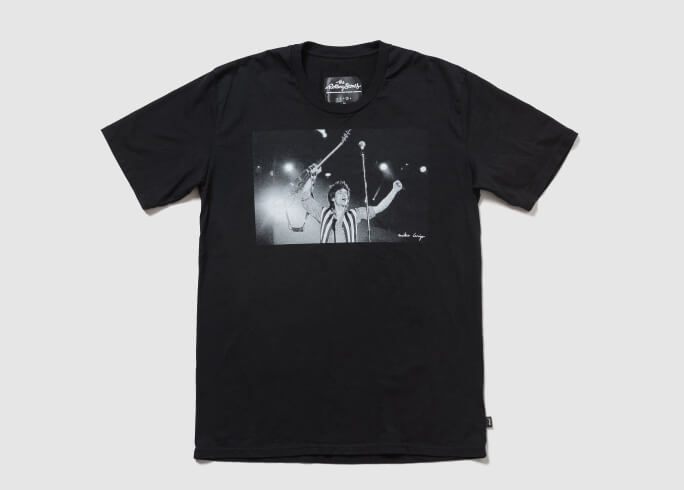 No. 5
No. 5
-
- RS05
- Ronnie T.
PRICE:8,800yen
COLOR:Black/White
SIZE:0, 1, 2, 3, 4
DELIVERY: AUGUST
"Ron Wood's charming and emotional appearance"
■Comment from Mikio Ariga
``Ronnie is an energetic member who leads the current Stones in both performance and mental terms, but he originally had a very difficult time with drinking.I've also seen difficult times during my 30 years of filming, and However, this Ronnie is really lively and I like it as it shows his true character well. - Mikio Ariga."
-
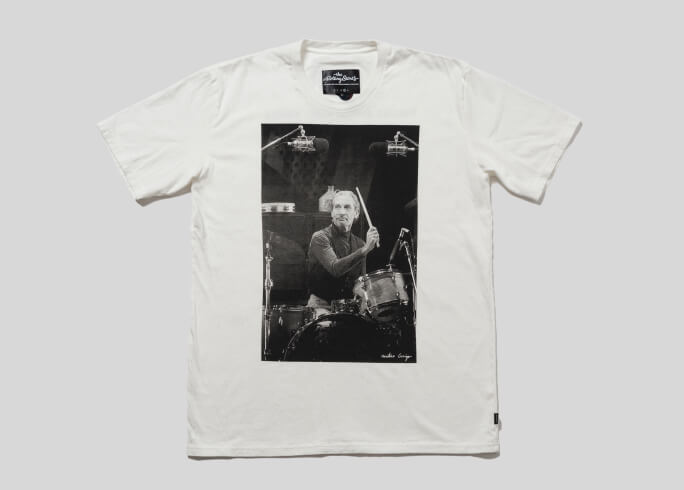 No. 6
No. 6
-
- RS06
- Charlie T.
PRICE:8,800yen
COLOR:Black/White
SIZE:0, 1, 2, 3, 4
DELIVERY: AUGUST
"Charlie Watts' coolness that controls the stillness and movement of the band"
■Comment from Mikio Ariga
“Until now, T-shirts featuring Charlie alone have been rare.Compared to now, he looks young.Charlie's drum kit is simple and doesn't hide his face, so it's great for photographers.Metal drummers often wear kits with their faces covered. Because I often have trouble not being able to see it (lol) — Mikio Ariga.”
-
 no. 7
no. 7
-
- RS07
- Off Shot Mick T
PRICE:8,800yen
COLOR:Black/White
SIZE:0, 1, 2, 3, 4
DELIVERY: AUGUST
"The Stones have finally arrived in Japan.
Carving in my heart the joy and frenzy of 1990."■Comment from Mikio Ariga
``The photo Mick is holding in his hand is a flower given to him by a fan, taken at Narita Airport.This photo is typical of Mick as a rock star, but I didn't appreciate it because it felt like a press photo.'' However, it was added to the lineup at the suggestion of glamb.By making it into a T-shirt, you can feel the frenzy of the time more strongly than the photo alone, and it is an interesting piece that can only be found in fashion. At the time, Charlie and Mick came from London, and Ronnie and Keith came from New York.Bill came from London later.It was surprising at the time that even though they were members, they were coming from different countries.—Mikio Ariga.
-
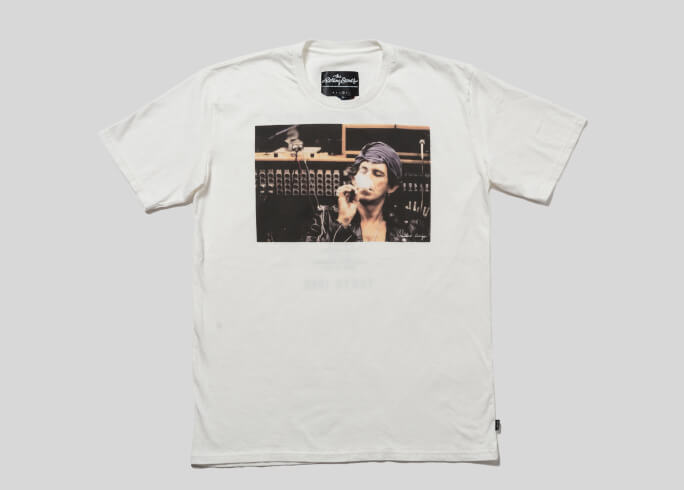 No. 8
No. 8
-
- RS08
- Back Stage Keith T
PRICE:8,800yen
COLOR:Black/White
SIZE:0, 1, 2, 3, 4
DELIVERY: AUGUST
"The true face of Keith Richards, the origin and symbol of rock musicians"
■Comment from Mikio Ariga
“This is an off-shot of Keith after rehearsal. Mick and Charlie would go home right away after rehearsal, but Keith liked to stay and laze around. They were having a great time drinking alcohol and talking with the staff while playing the music at high volume.I went to Keith's side and took this photo.I pointed the camera at a distance of about 1 meter from Keith. However, Keith was just a natural person. --Mikio Ariga."
Look
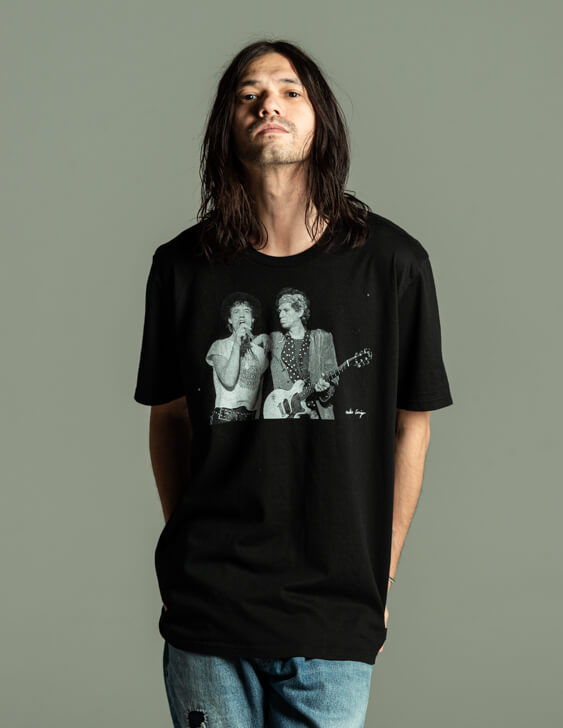
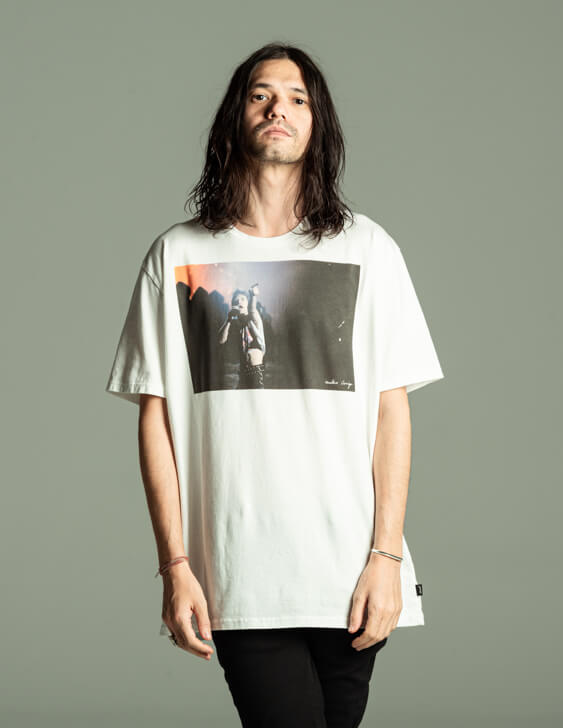
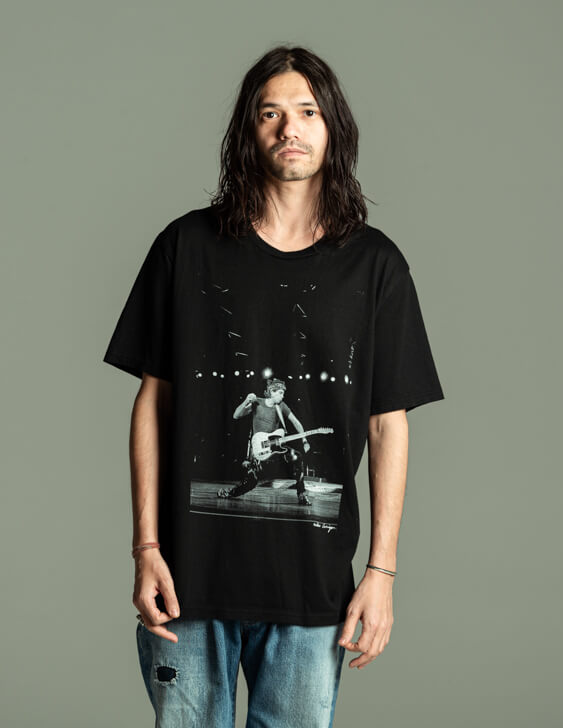
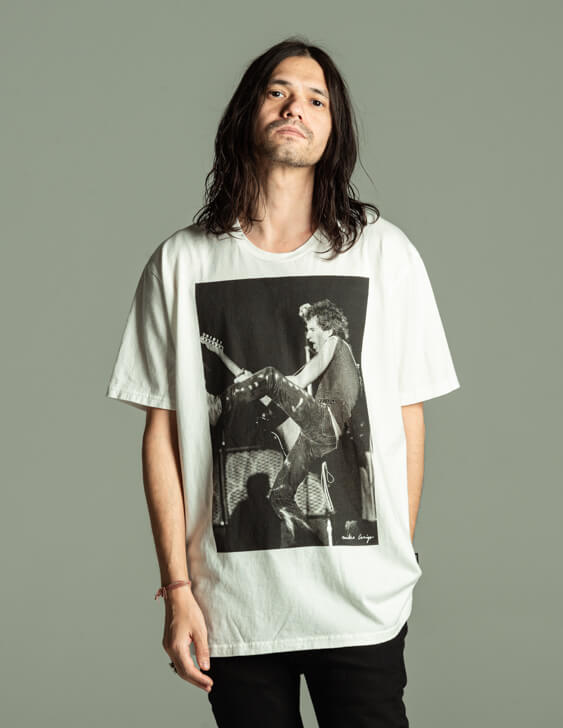
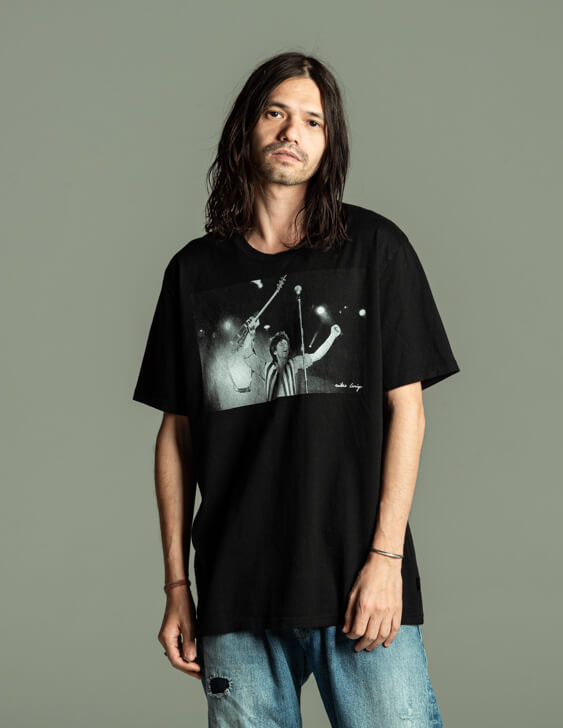
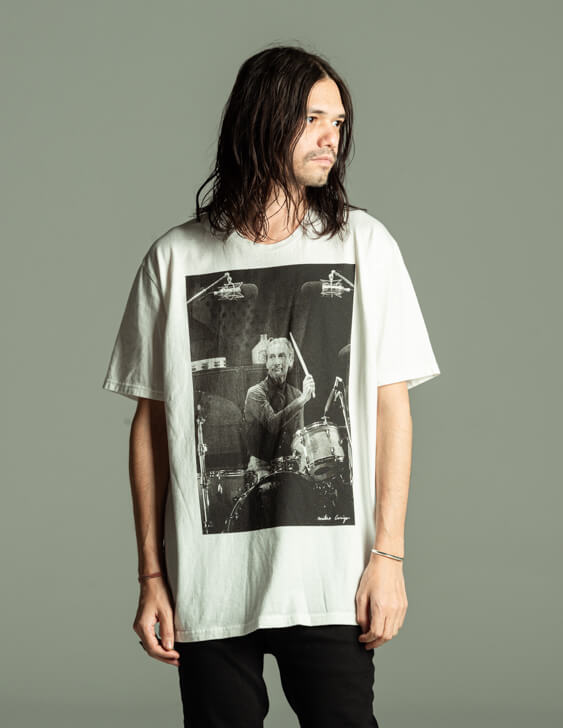
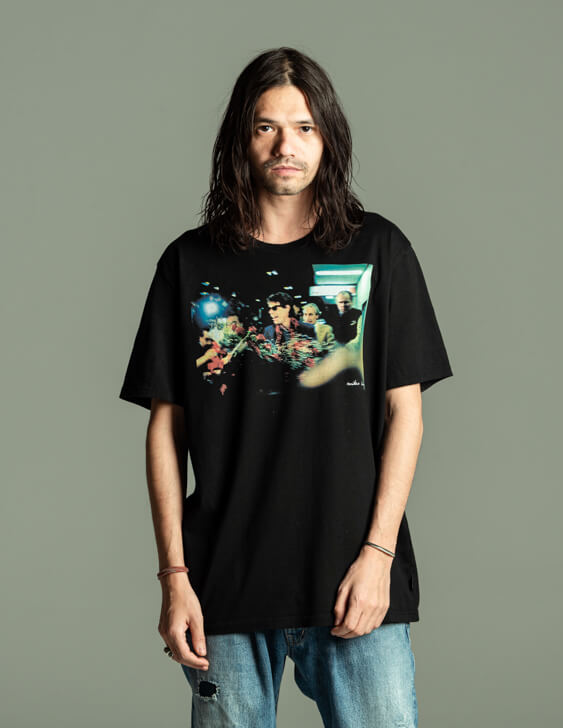
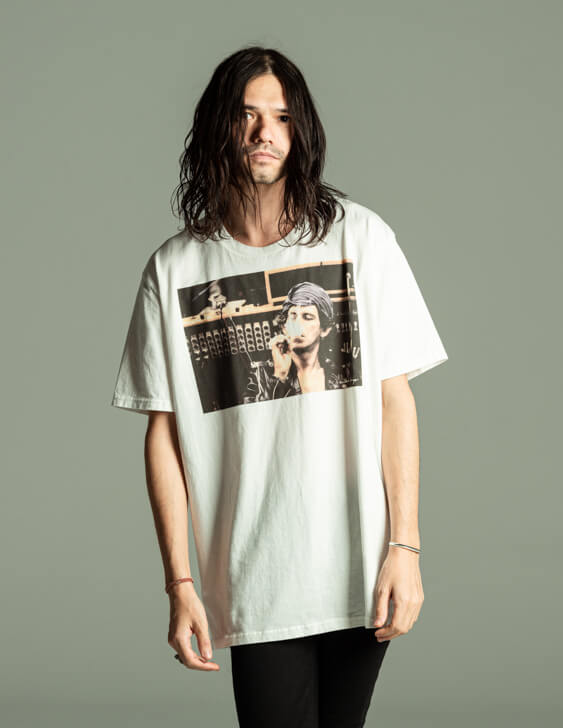
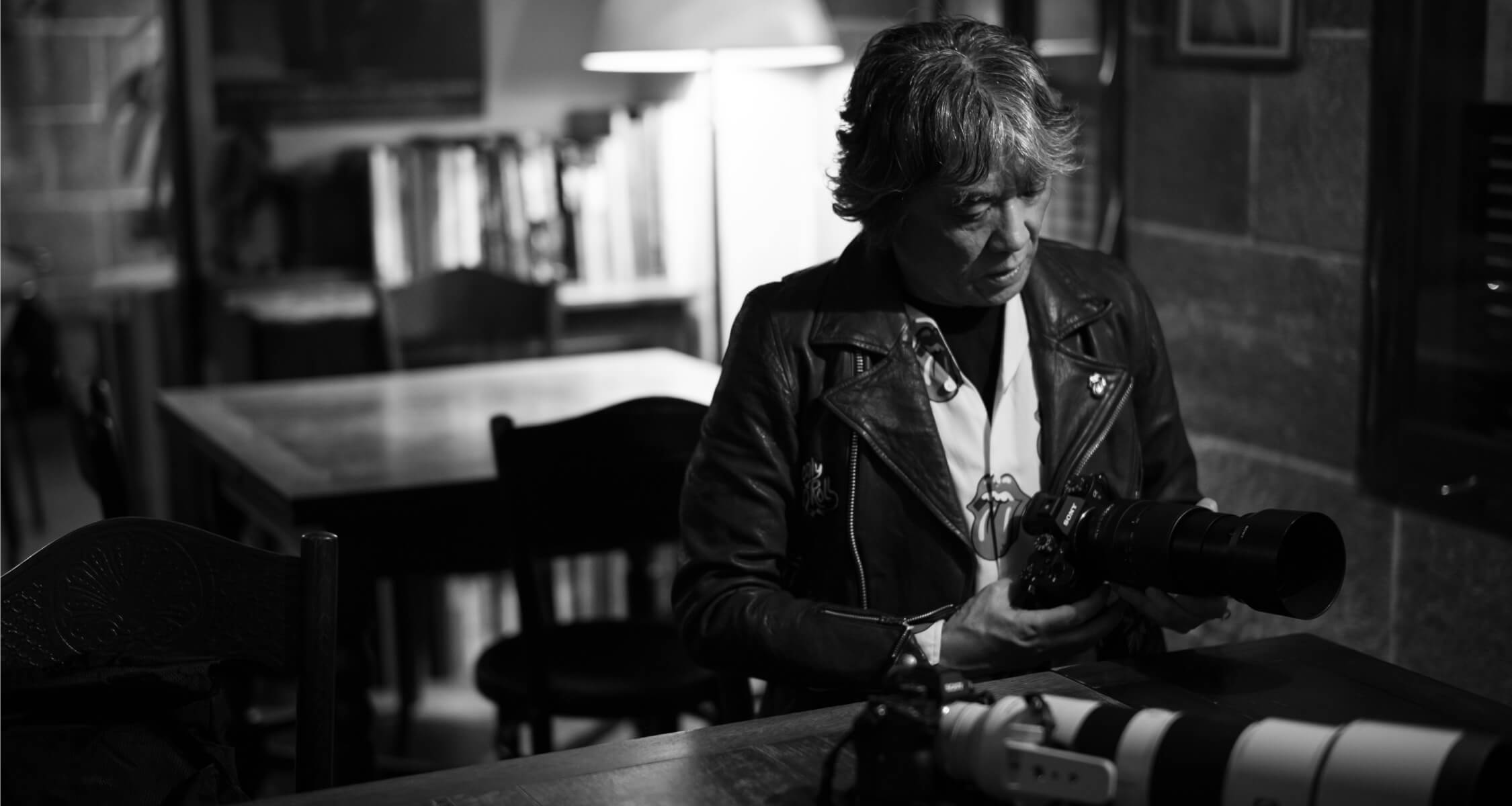
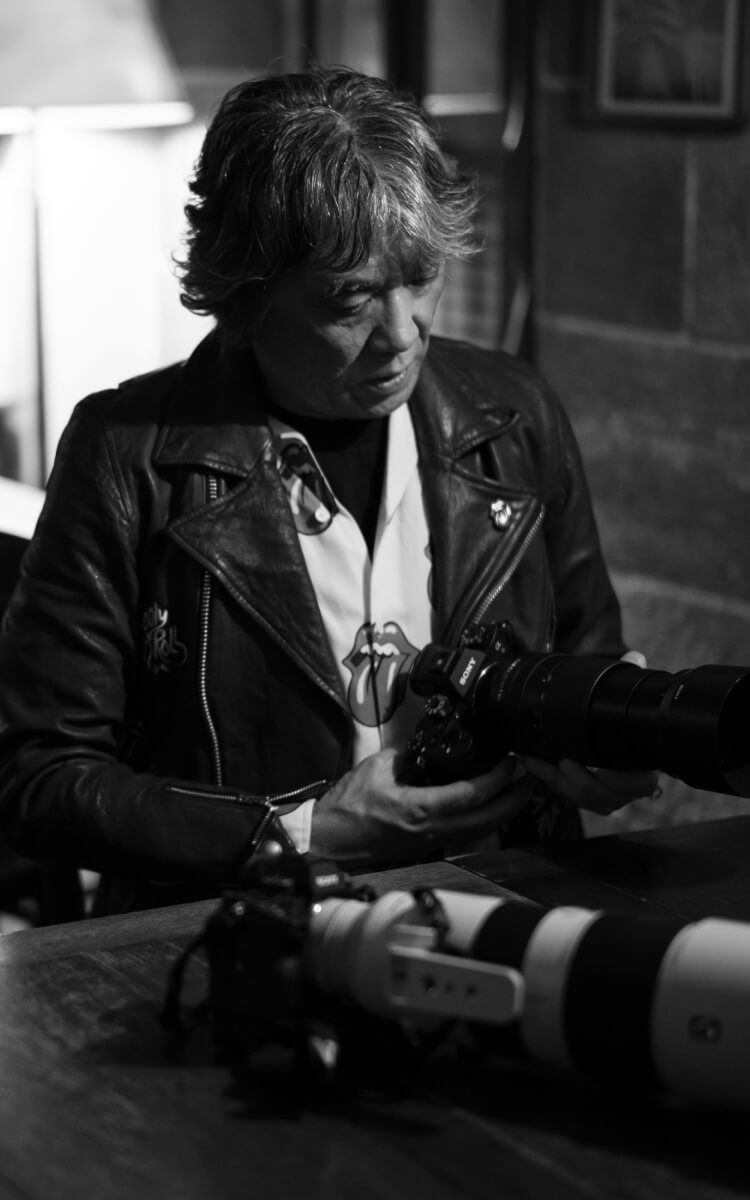

- Mikio Ariga Photographer
- He began his activities in the music field in the mid-1980s, photographing artists such as RC Succession, The Blue Hearts, and Maki Asakawa. In 1990, he was hired as the official photographer for The Rolling Stones' first visit to Japan, and since then he has photographed all of their performances in Japan until 2014. Many of these photos are used in the band's productions, and in 2019, the Rolling Stones exhibition ``Exhibitionism'' was held in Japan, where he was listed as the only Japanese creator of the work.
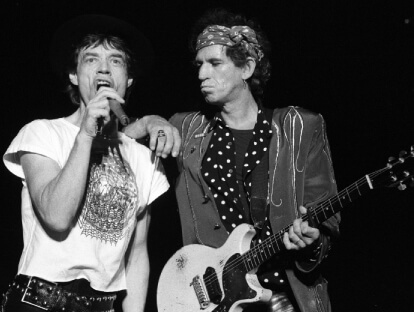
-
This time, to commemorate the 30th anniversary of the Rolling Stones' visit to Japan,
The image of the band that Mr. Ariga took when he came to Japan has been revived on the T-shirt.
What was filming like at that time?The severity was unprecedented. I love the Stones and wanted to photograph them someday, so I set out to become a photographer, and this was a great opportunity for me to take photos, but I've never been to such a harsh location before or since. The Stones have their own rules. I did my best, and the members liked my photos as well. But I always regretted that I should have taken more pictures. So it's been about the last 10 years, or maybe 5 years, that I've been able to look back on things as good.
-
What were the Stones' unique rules?
First of all, no communication is possible through an interpreter. At the time, I didn't speak much English, so I asked if I could have an interpreter accompany me as an assistant, but I was immediately refused. ``I won't listen to you unless you say it yourself.'' People won't forgive me for being so pampered just because I'm Japanese. Well, I had a marginal level of English ability, so I was able to get through it. There was also a rule that if you took a photo of a performance, you had to hand it over to management the next day for review. This is the age of film, not digital! After I finished shooting one live performance, I stayed up all night developing the photos, and then took them back to the hotel the next afternoon. There were performances all day long, so I started shooting again in the evening. I was taking pictures like I was dying.
-
There was no time to get emotional about photographing the Stones.
I agree. However, being an official photographer means that you are asked to take photos that the band or management needs, so it is very rewarding. I was also assigned to shoot the rehearsal, and filming there is very memorable. Rehearsals were held at Ariake Hall instead of Tokyo Dome for several days before the first performance. The only people in the rehearsal room are the band members, roadies, and other staff close to the band. I was alone there. But at first, even though we were told it was OK to take photos, we were still scared. Then Ronnie came over and said, ``Mikio, you don't have to freak out, you can just go to the front and take pictures.'' I would say that the members were more considerate and kind. Mick and Charlie would leave right after rehearsals, but Keith and Ronnie liked to stay behind and listen to the playback that day. They were both drinking, smoking, and having fun chatting with the staff. So I was able to take many photos of the two of them. When I gave Keith the photos I took, he told me a few days later, ``I'm putting your photo up in my bedroom.'' There were many moments that felt like medals for continuing to be a photographer.
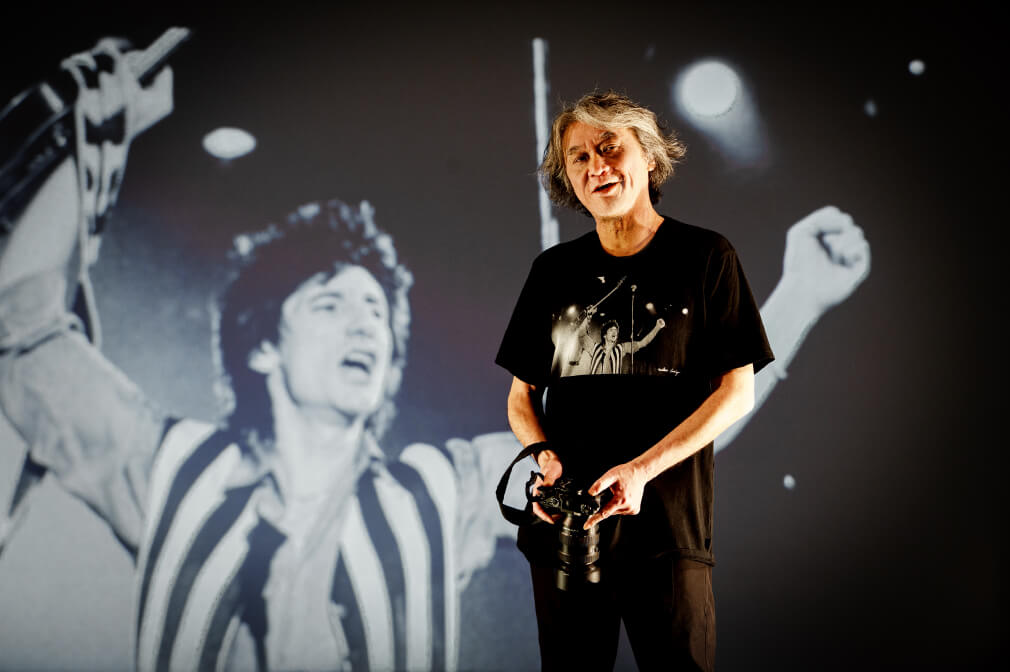
On the one hand, the Stones' first visit to Japan was a social phenomenon that affected all of Japan. I think one of the reasons why this performance became historic was because the Budokan performance was canceled in 1973.
At that time, as a child, I also thought that Japan was a terrible country. In 1972, the Stones released their masterpiece, ``Main Street Goons,'' and during what could be called one of the band's golden years, an unprecedented live performance of 5 Budokan concerts was planned in Japan. However, just before he came to Japan in 1973, even though tickets had gone on sale, it was suddenly canceled, probably due to the wishes of the Japanese government. The reason was that Mick had a history of marijuana arrests, but we knew that from the beginning.
-
Were the Stones really that dangerous to the Japanese government?
Why the Japanese government refused the Stones' visit to Japan remains a mystery. There is even a theory that there was a member of parliament who worked hard to bring the Stones to Japan at the time, but he got caught up in a political dispute and was defeated, which led to him not coming to Japan. The Stones originally had an image of decadence and decadence, but their refusal to come to Japan led to them being branded as dangerous. Even when they were offered an official photo shoot before coming to Japan in 1990, the publicist in New York said at the end, ``However, we don't know if the Stones will actually be able to land in Japan.'' I thought that the Stones were still wary of the nightmare cancellation of their tour to Japan in 1973.
-
In the 1970s, the people who decided whether or not to come to Japan were people who had not been raised in rock culture. But in the 1990s, the generation that grew up listening to rock music in real time was in a position to drive things. If you think about it that way, we may have had to wait until the 1990s before Japanese society properly accepted the Stones.
surely. Keith, who was a junkie in the 1970s and was labeled by the media as ``the next person to die from drugs'', stopped taking drugs around the 1980s and began to focus more on music. The Stones remained legendary in the 1970s and afterwards, but in the 1980s, around the album ``The Tattooed Man,'' Mick and others took on a healthier image, and in the 1990s. The image of the band also changed in 2016. I would say that they have been praised as a band that has continued to survive despite facing various difficulties. I don't think Japan was able to accept the Stones until that happened.
-
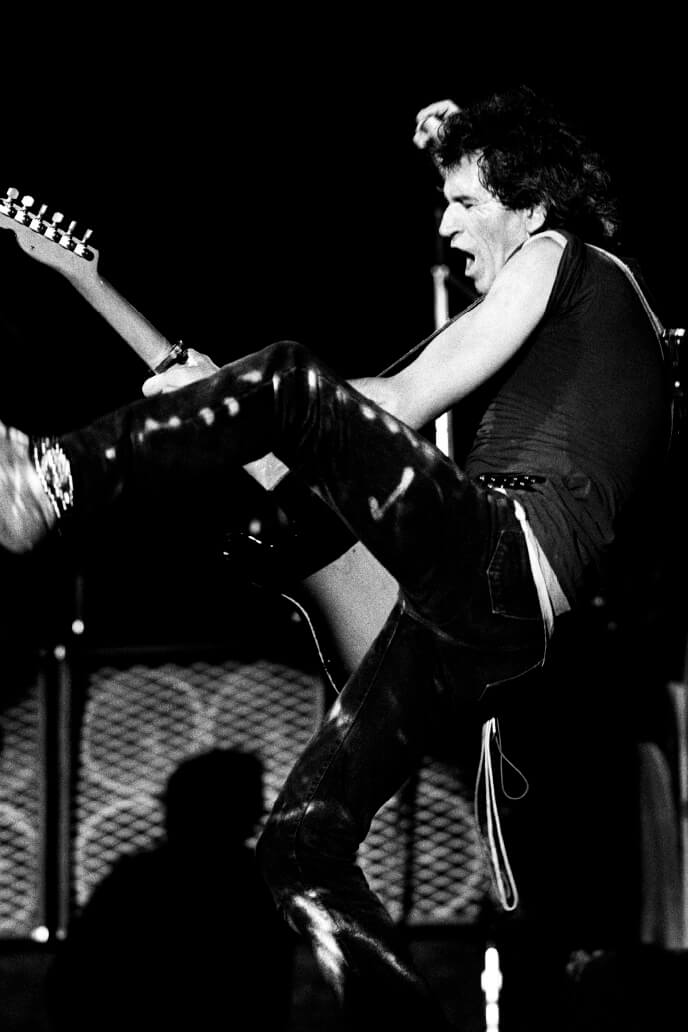
Records owned by Mikio Ariga. The signatures written on both sides were written by the members when the band visited Japan in 1990.
-
Since their first visit to Japan in 1990, the Stones have performed in Japan six times, and Mr. Ariga has been asked by the band to take photos for all of them as their official photographer. What do you think is the reason why you have continued to be an official?
Japanese people have an unfortunate history of not being able to see the Stones live. I became a rock photographer because I wanted to photograph the Stones, and when I was just starting out, I was lucky enough to have the opportunity to photograph Kiyoshiro Imawano and the Blue Hearts. Even then, I kept taking pictures believing that Mick or Keith would be next. That's why when I first came to Japan in 1990, I photographed the Stones in front of me by overlapping them with my own ideal image of the Stones. I think that became my own taste, and the Stones came to appreciate it as well. He said, ``Your photos are different from the photos taken by Western photographers.''
-
This time too, we commemorate the 30th anniversary of the Stones' visit to Japan, and I think each item encapsulates the Stones' universal appeal.
I really want to show it to the members, and I think they'll be happy. Either way, I was able to make it with permission from the Stones, so it's an official T-shirt in a sense.
-
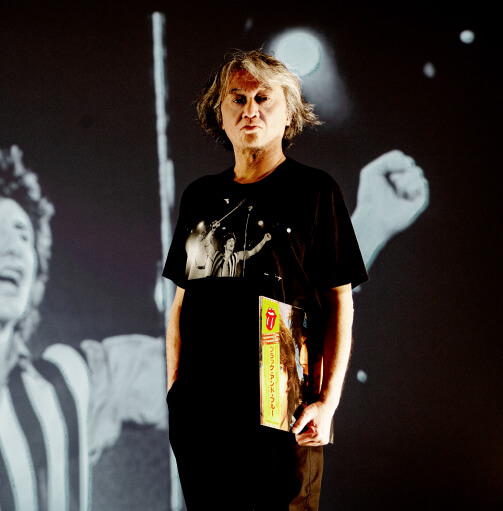
-
This time, Keith is appearing in T-shirt type 4. What kind of reaction do you think he would have if he saw this T-shirt?
I'm sure you'll be laughing out loud (lol). Compared to 30 years ago, Keith is naturally an old man, and his quitting smoking also made the news. Nowadays, I'd be thrilled if Keith dared to wear this t-shirt, which is made up of cigarettes. Even as Keith gets older and stops smoking, he's still Keith.
I would like to deliver it to the members as well.
Yeah. If I show them the T-shirt, I think they'll say ``good job,'' both to me and to glamb. I think people can feel the strength of the Japanese people. I took this photo as if I was going to die. 30 years later, Glamb has applied this to fashion. Although it's just a T-shirt, I feel that the relationship and strong feelings between the Stones and Japan are clearly engraved on it. I feel like they really appreciate that.
-

The Rolling Stones are releasing the set list from their 1990 Tokyo Dome performance!

Established in 2003 by designer Kan Furuya with the concept of "Grunge for Luxury". Since then, he has led the domestic scene with his design work that combines various styles such as street, mode, and work, while maintaining a grunge rock style. He also has many fans of musicians and entertainers.
